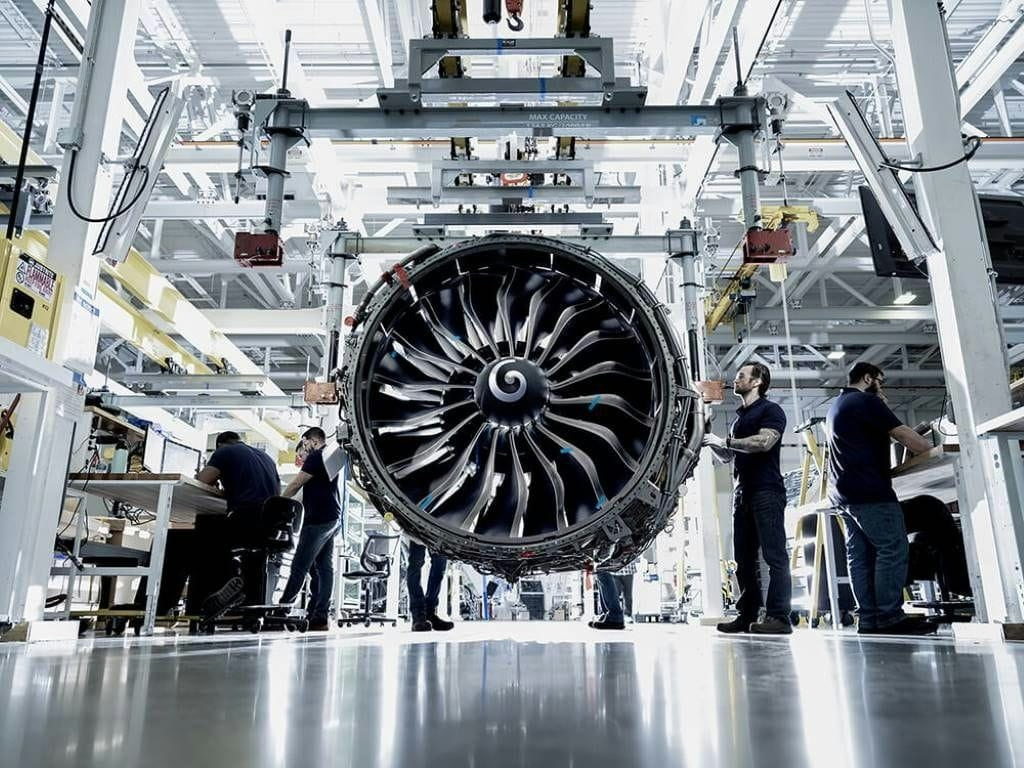
AeroGenie — Your Intelligent Copilot.
Trending
Categories
Tata to Manufacture Airbus H125 Helicopters in Karnataka

Tata to Manufacture Airbus H125 Helicopters in Karnataka
Establishing India’s First Private-Sector Helicopter Assembly Line
Tata Advanced Systems Limited (TASL), the aerospace division of the Tata Group, is preparing to inaugurate India’s first private-sector final assembly line (FAL) for the Airbus H125 single-engine helicopter in Karnataka. This significant collaboration with Airbus Helicopters will involve TASL integrating major components, installing systems, conducting rigorous testing, and delivering “Made in India” H125 helicopters to both domestic and regional markets. The initiative marks a pivotal step in expanding India’s indigenous aerospace manufacturing capabilities.
The new facility will be situated in the Vemgal Industrial Area near Kolar, approximately two hours from Bengaluru. This region is already recognized for its aerospace and defense industry presence, making it a strategic choice for the project. TASL has acquired a substantial plot of land to accommodate the assembly line, which will also include Maintenance, Repair, and Overhaul (MRO) facilities and helipads for final testing. Initial production is projected at around 10 helicopters annually, with scope for scaling up as market demand increases. Industry analysts suggest that India and the wider South Asian region could require hundreds of light helicopters like the H125 in the near future.
Strategic Location and Industry Impact
Karnataka was selected over other contenders such as Andhra Pradesh, Gujarat, and Uttar Pradesh due to its well-established aerospace ecosystem, skilled workforce, robust infrastructure, and favorable state incentives. Sukaran Singh, CEO and Managing Director of TASL, emphasized the significance of this development, stating, “Tata Advanced Systems is proud to be the first private sector company in India to build helicopters. This will bolster both civil and defence requirements. This is our second FAL in collaboration with Airbus and further reinforces the partnership between Tata and Airbus for India.”
This project aligns closely with the Indian government’s “Make in India” campaign, which seeks to enhance domestic aerospace and defense manufacturing capabilities. By localizing assembly operations, Airbus aims to reduce import dependencies, strengthen regional supply chains, and better serve markets in India and neighboring countries. The H125 helicopter, renowned for its performance in “high and hot” conditions, is widely employed in rescue missions, aerial work, law enforcement, and passenger transport. Complementing this effort, Mahindra Aerostructures (MASPL) has been contracted to manufacture the main fuselages for the H125 in Bengaluru, further deepening the local aerospace supply chain.
Challenges and Market Outlook
Despite the promising outlook, the project faces several challenges. Securing regulatory approvals, establishing efficient supply chain logistics, and maintaining stringent aerospace quality standards will be critical to success. Scaling production beyond the initial output will require robust certification processes and effective cost management. Additionally, sustaining demand both within India and internationally will be essential to ensure the long-term viability of the manufacturing line.
Market reactions to Tata’s announcement have been notable, with increased investor interest in India’s aerospace sector. However, recent declines in Tata Group’s market value highlight the broader financial risks the company must navigate alongside this new venture. Competitors in the aerospace industry may also respond by enhancing their own manufacturing capabilities or pursuing new strategic partnerships.
As the Tata–Airbus partnership moves forward with the H125 helicopter manufacturing project in Karnataka, India is poised to advance its private-sector aerospace capabilities. The ultimate success of this initiative will depend on efficient execution, resilient supply chains, and strong market acceptance of the “Made in India” H125.

Passengers Respond Positively to Airline’s AI Flight Attendant
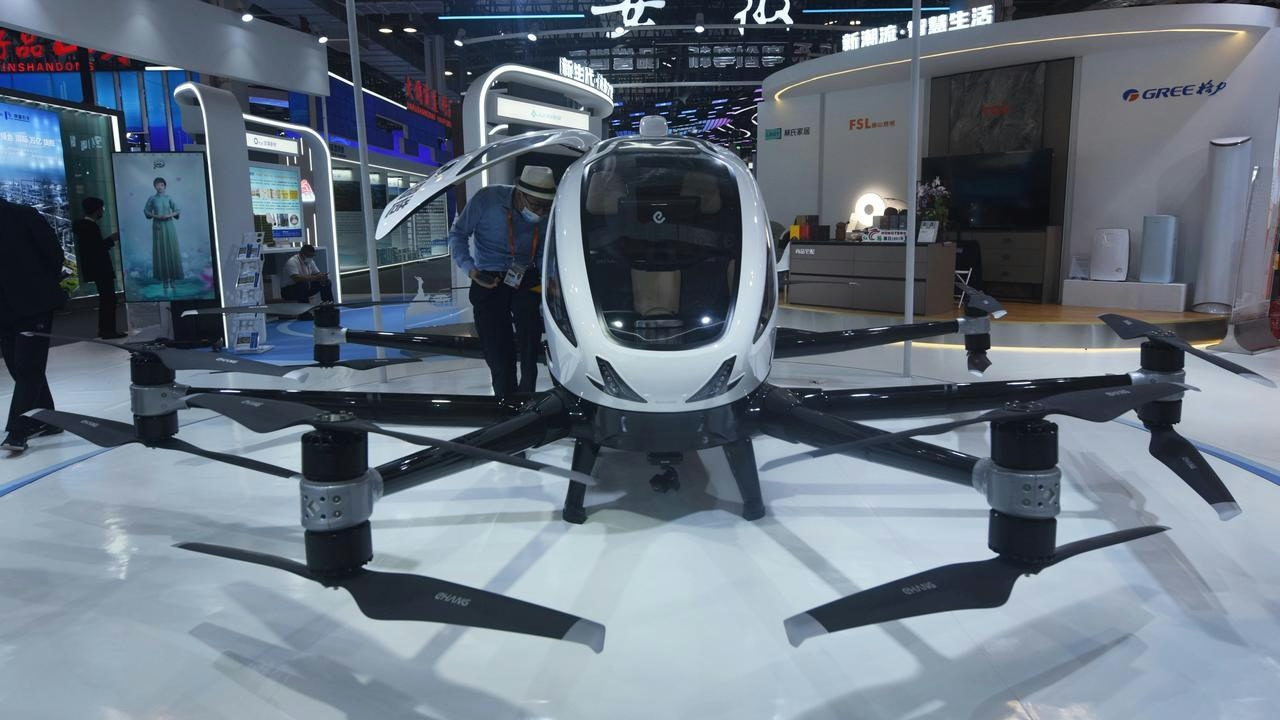
EHang Completes Pilotless eVTOL Air Taxi Trials in Doha
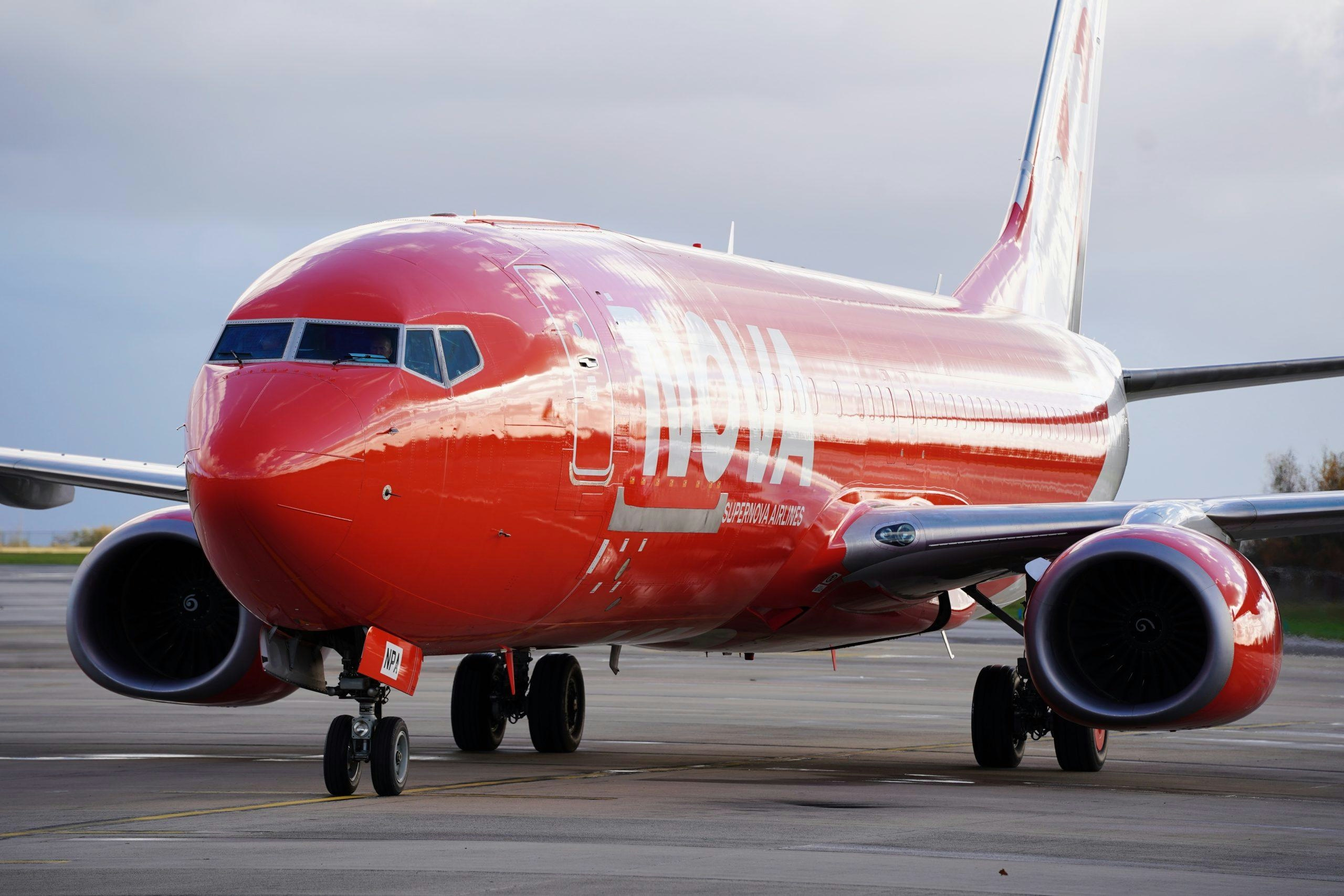
Supernova Airlines opens new Liege–Ostrava cargo link, strengthening European supply chains
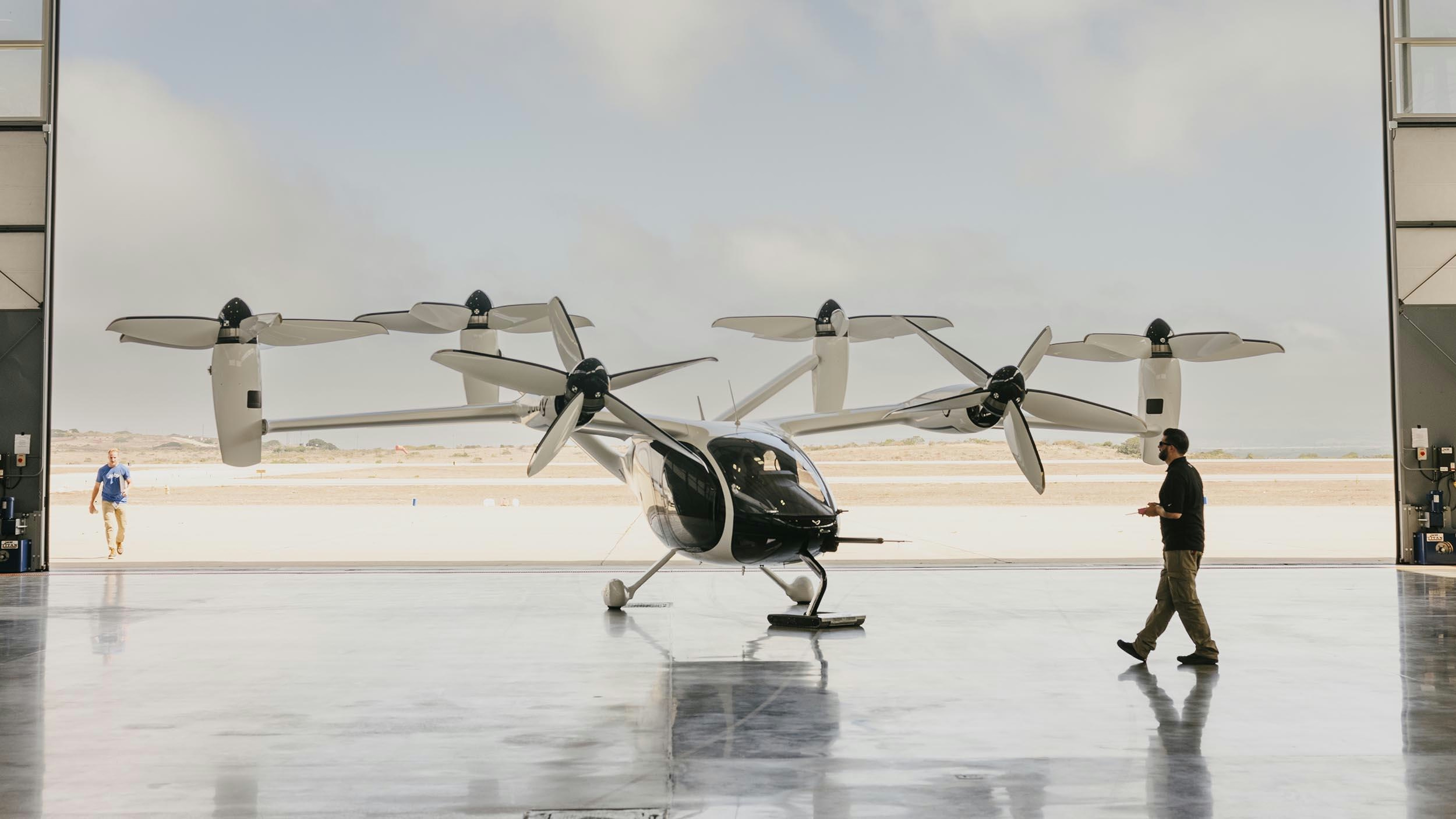
Joby Outlines Dubai Air Taxi Plans Ahead of FAA Certification
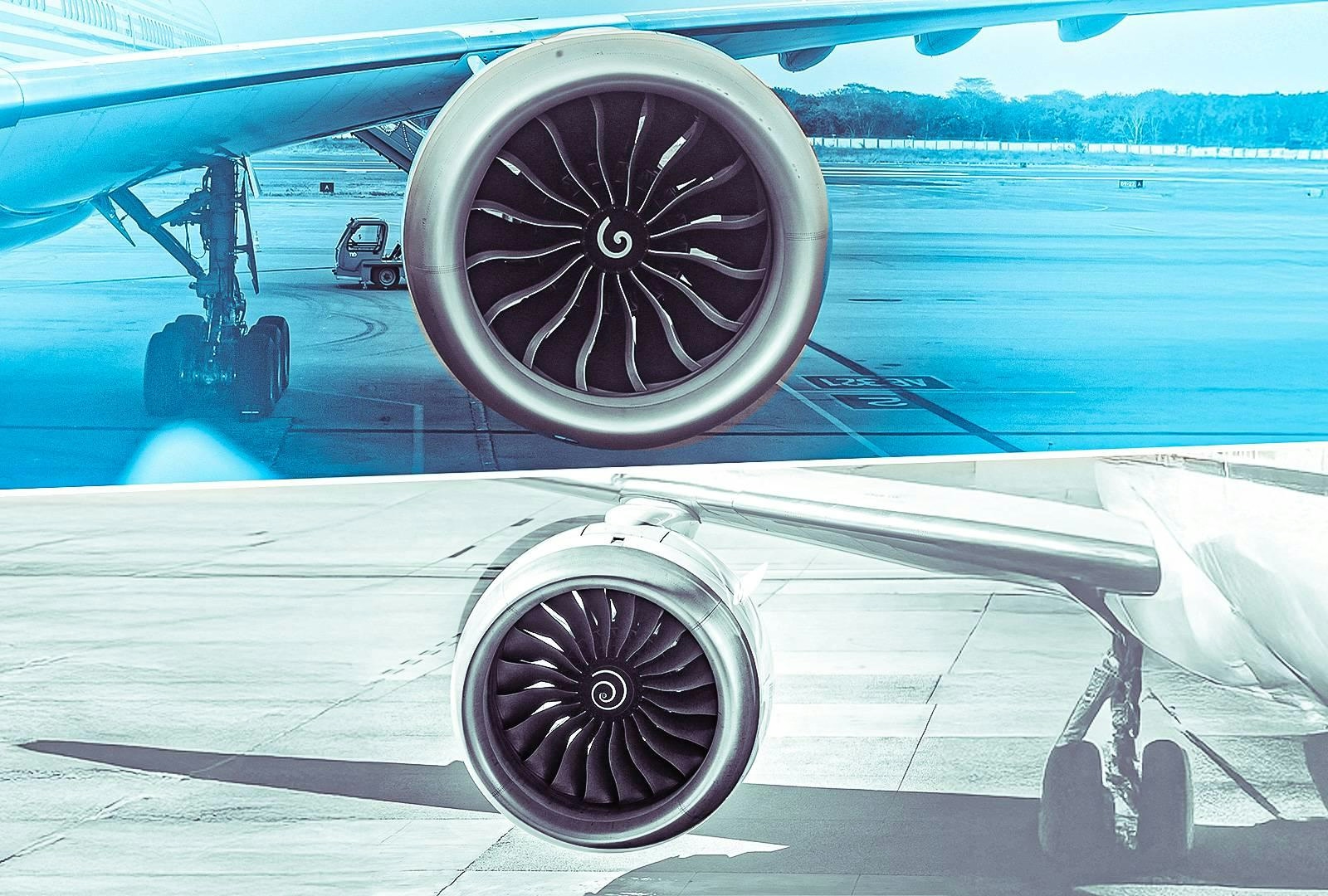
flydubai Signs Agreement with GE Aerospace for 60 GEnx-1B Engines

FG Highlights Investment Opportunities to Modernize Nigeria’s Aviation Sector
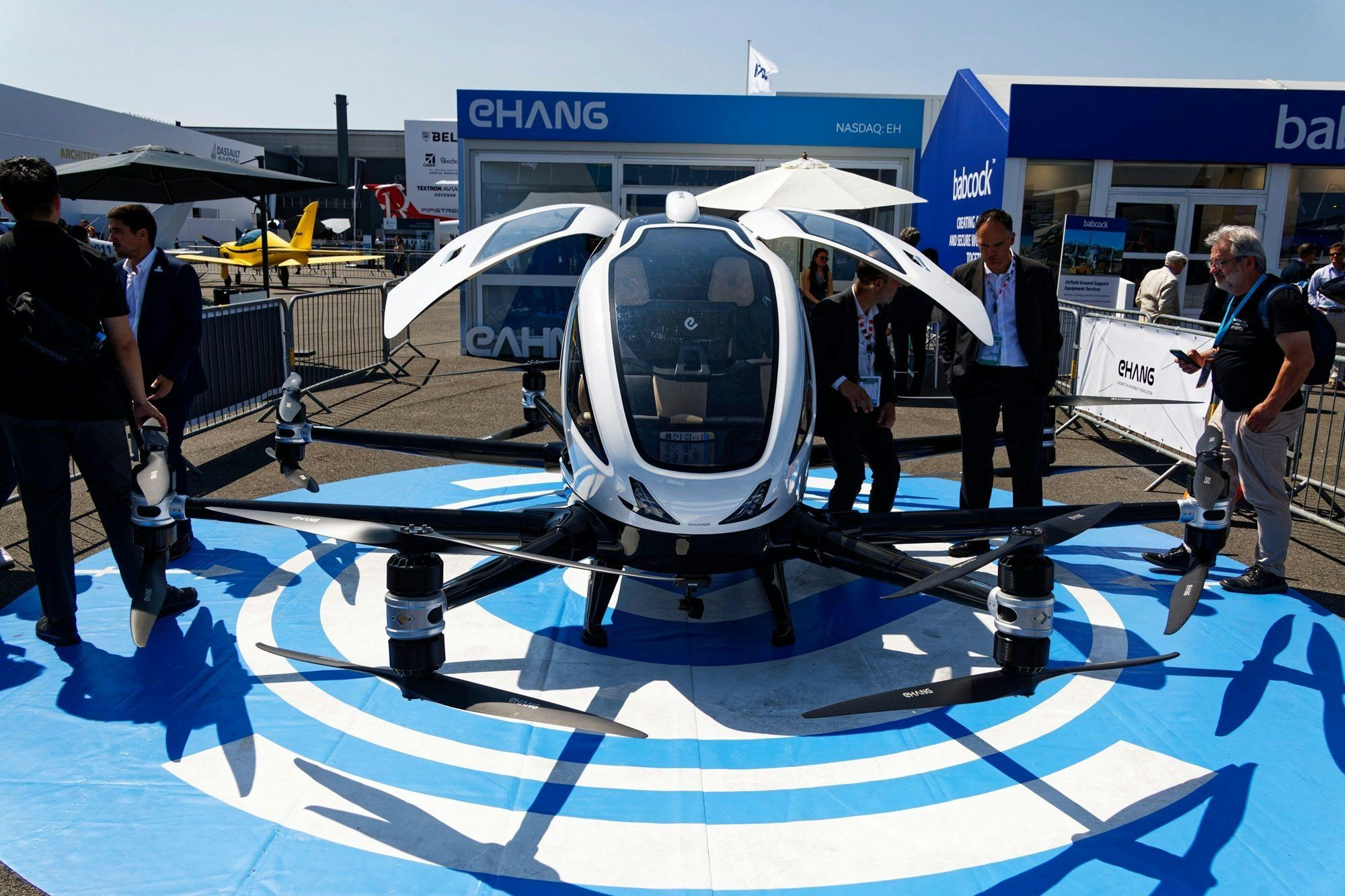
Flying taxi travel to be as easy as ordering an Uber, Dubai Airshow exhibitors say

Inside Zipline’s Approach to Drone Safety Testing
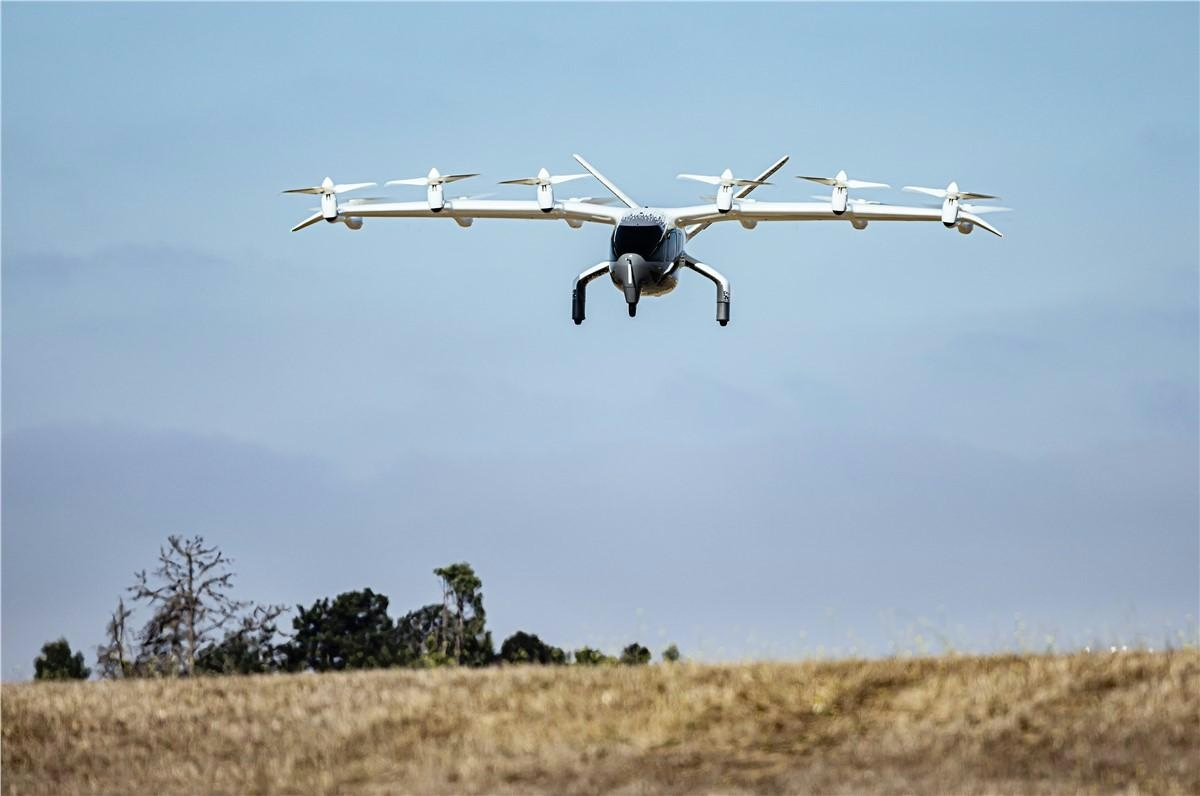
Joby Aviation Debuts Air Taxi at Dubai Airshow
